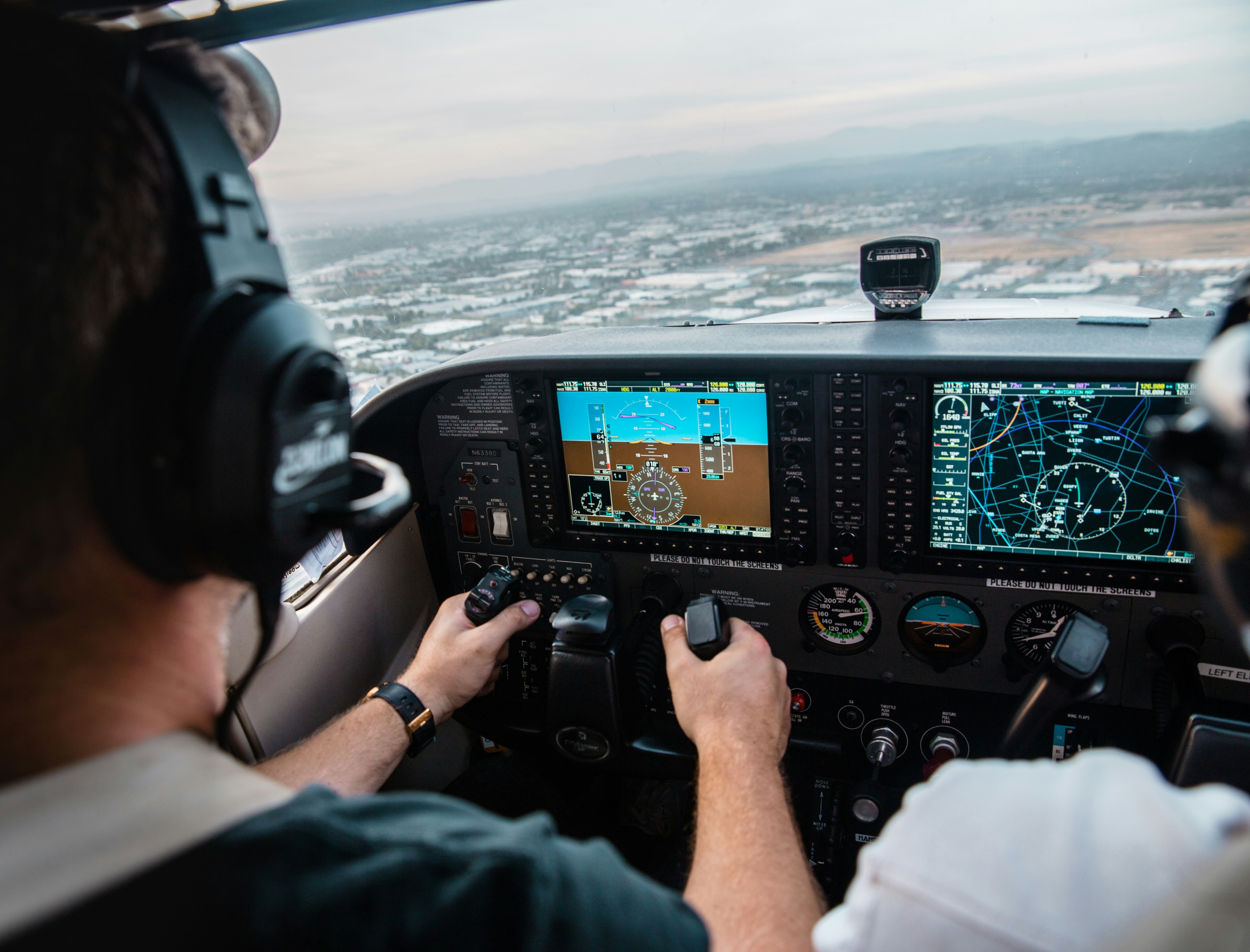Flex Air Part 61 / 141 Flight Training Flex Air is a veteran and minority owned and operated flight school for everyone aspiring to careers in aviation. What makes us different: We provide mentorship and career placement services for every student and employee. We think the pilot shortage is a mentorship shortage. Founded in 2018. Over 400 airline, corporate, charter, and cargo pilot alumni. Bases in Kansas (MHK, OJC) and California (MYF). Part 61 and Part 141 operations. One-on-one training environment. We target a student-to-instructor ratio of 6.0. C-172 fleet. Department of Defense SkillBridge flight school for Veterans, GI Bill, VR&E, Military Friendly® school. All instructors receive career mentorship, networking, resume-building, interview prep, and job placement services at no cost. Our career placement rate is 100%. Our training outcomes are 340% better than industry average.

- Website
- goflexair.com
- Location
- San Diego, California
- Job Feed
- View RSS
- News Feed
- View RSS
 Flex Air career details and job information (10 jobs available)
Flex Air career details and job information (10 jobs available)
For every student pilot, the final milestone before earning a Private Pilot Certificate is the checkride. It is the FAA practical test that evaluates whether you meet the knowledge and skill standards outlined in federal aviation regulations and training publications. Although the word can sound intimidating, the checkride is simply an opportunity to demonstrate that you can safely operate an aircraft and apply sound aeronautical decision making.
I own a flight school, so I applied for a Sallie Mae Flight Training Student Loan
Flex Air offers a number of Flight Training Financing options, but we are not part of the Sallie Mae program. We've applied to be included in the Sallie Mae network a few times, but never heard back.
Sometimes our prospective students complain that the Sallie Mae rates are so much lower. If you're a prospective aviator who shops SOLELY based on interest rates, this blog post is a love letter to you.
How the Lima Flight App Helps Find Your Flight Instructor and Find Financing
Aspiring pilots face two major hurdles on the road to their first certificate: finding an instructor who matches their learning style and securing funding for their training. Lima Flight was created to address the first challenge, and in partnership with Stratus Financial, it now helps solve the second. Another important tidbit is that you can find Flex Air in the app, so you can get started with a leading AOPA Best in the Pacific Region, Military Friendly®, Cessna Top Hawk, and world-class Cessna Pilot Center (CPC®) flight school.
Riding the River of Wind: All about the Jet Stream
High above us, flowing like invisible rivers in the sky, are powerful air currents known asjet streams. These narrow bands of fast-moving air can shape weather patterns, impact global travel, and even affect the way pilots fly airplanes. While we can’t see them directly, their influence on our daily lives and modern aviation is profound.
From the Ground to the Sky: What Military Leadership Taught Me About Flight Training
By Eddie Erdmann – Executive Director of Business Development, Flex Air
What is a PIC?
What is a PIC?
A brief discussion about definitions, responsibilities, and logging
Knowing who the PIC is on any flight matters. It also carries legal repercussions.
529 Plan for Flight Training: Use 529 funds for Flight School
Yes, you can use your 529 savings plan to become a pilot with Flex Air! We're here to walk you through every step.
10 Things You Didn’t Know About Aviation
Meta Description: Discover 10 fascinating aviation facts you probably didn’t know. From the Wright brothers’ first flight tо the world’s shortest commercial route, learn surprising insights about airplanes, pilots, and air travel.
Aviation has fascinated people for more than a century. While most travelers know the basics оf flying, there are many surprising details about airplanes, air travel, and the industry as a whole. Whether you are an aspiring pilot, a frequent flyer, оr simply an aviation enthusiast, here are ten things you probably didn’t know about aviation.
How the "One Big Beautiful Bill" helps students finance flight training
How the "One Big Beautiful Bill" helps students finance flight training
H. R. 1, signed into law on July 4th, 2025 is a sweeping 2025 reconciliation law that enacts broad tax and spending policy changes—including tax cuts, program funding revisions, raising the debt ceiling, and measures on healthcare, immigration, and defense.
Want to use your 529 plan at Flex Air? Flight training spots are available at our Kansas and California bases, and our admissions mentors can help you work with your 529 plan administrator to get the required approval paperwork sorted out.
🔥 Hot off the press! Check out our step-by-step guide to 529 Plans for flight training here.
Understanding DoD SkillBridge in the Marine Corps
Over the course of my 20 years in the Marine Corps, I saw some pretty significant changes in how Marines transitioned out. The Marine Corps expanded and revised its transition assistance programs, complying with federal directives and evolving into what is currently the transition readiness program. One very popular tool now available is called SkillBridge. The DoD SkillBridge program is relatively new, and the Marine Corps has allowed separating Marines to benefit from it on their way back into civilian life.
View all job opportunities with Flex Air
Get recommended to Flex Air











.png)

